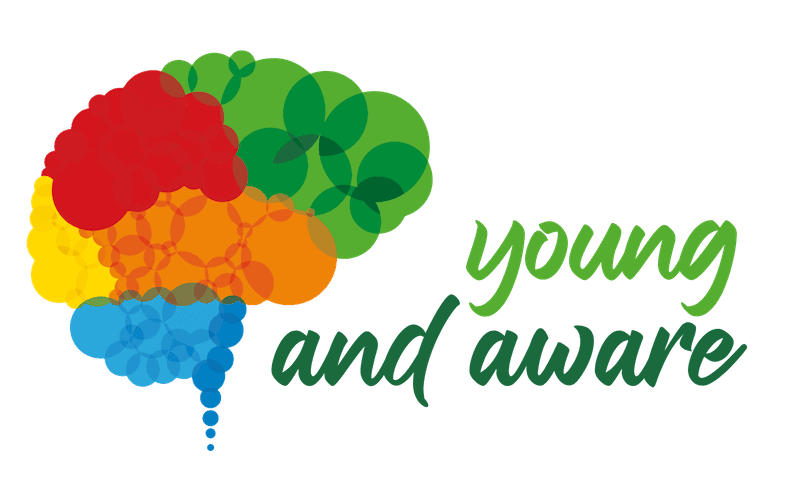Here you can find studies, therapeutic tools and videos related to porn addiction–formally referred to as Compulsive Sexual Behaviour Disorder. Our other favourite sites for sourcing research include the Culture Reframed Academic Library, Your Brain on Porn and the Reward Foundation.
For targeted information to intervene with children and young people displaying problematic sexual behaviours, we recommend accessing Intervention & Recovery, a free program provided by Culture Reframed. The topics included in this resource are: What are the Warning Signs for Kids?; What are the Warning Signs for Teens?; Developing a Strategy; and, Finding a Clinician.
ACTIVITY GOAL
The goal of this activity is to provide an understanding of problematic pornography use and how it relates to compulsive sexual behavior disorder.
LEARNING OBJECTIVES
At the end of this CE activity, participants should be able to:
• Discuss the classification of and diagnostic criteria for compulsive sexual behavior disorder;
• Define the potential risk factors for problematic pornography use;
• Identify the proposed psychological and neurobiological mechanisms involved in problematic pornography use;
• Recognize the dichotomy of problematic behavior and moral incongruence.
TARGET AUDIENCE
This continuing medical education activity is intended for psychiatrists, psychologists, primary care physicians, physician assistants, nurse practitioners, and other health care professionals who seek to improve their care for patients with mental health disorders.
The ‘Six Components of Addiction’ as defined by Mark Griffiths, Ph.D.
“Salience. This occurs when online gaming becomes the most important activity in the person’s life and dominates thinking (pre-occupations and cognitive dstortions), feelings (cravings), and behavior (deterioration of socialized behavior). For instance, even if the person is not actually gaming online, he/she will be thinking about it and planning for the next session.
Mood modification. These are the subjective experiences that people report as a consequence of engaging in online gaming and can be seen as a coping strategy (i.e., they experience an arousing ‘buzz’ or ‘high’ or paradoxically tranquilizing feel of ‘escape or ‘numbing’).
Tolerance. Increasing amounts of online gaming are required to achieve the former mood-modifying effects. For someone engaged in online gaming, these means a gradual build up of the amount of time spent online, engaged in the behavior.
Withdrawal symptoms. Unpleasant feeling states and/or physical effects that occur when online gaming is discontinued or suddenly reduced (e.g. the shakes, moodiness, irritability, etc.).
Conflict. Conflicts between the online gamer and those around him (interpersonal conflict), conflicts with other activities (job, schoolwork, social life, hobbies, and interests) or from within the individual him- or herself (intrapsychic conflict and/or subjective feelings of loss of control), which are concerned with spending too much time in online gaming).
Relapse. Repeated reversions to earlier patterns of online gaming. Patterns typical of the height of excessive online gaming are quickly restored after periods of abstinence or control” (Van Cleave vii-viii).
Information source
Griffiths, M. (2005). A ‘components’ model of addiction within a biopsychosocial framework. Journal of Substance Use; 10(4): 191–197. DOI: 10.108014659890500114359
AM I ADDICTED TO PORN? A 20 Question Self-Help Test for Women by Staci Sprout
As a sex addiction specialty psychotherapist, Staci Sprout has been working with women since 2006 to support them to deal with problems with relationships, sexuality and pornography. Staci has also researched hundreds of additional case studies, mostly from women under age 30 describing the negative effects related to their porn use. These are the top 20 most common frequently cited symptoms from women. Take the test and an honest look at your results, preferably talking them over with someone that you trust.
SEXUAL ADDICTION SCREENING TEST (SAST – R V2.0)
This instrument has been based on screenings of tens of thousands of people. This particular version is a developmental stage revision of the instrument, so scoring may be adjusted with more research. Please be aware that clinical decisions must be made conditionally since final scoring protocols may vary.
© 2008, P. J. Carnes, Sexual Addiction Screening Test – Revised (Used with permission)

